Article Information
ABSTRACT
Background:
Herbal based hair dyes are being preferred on large scale, due to the vast number of advantages it exerts to overcome the ill-effects of a chemical based hair dye. We have attempted to prepare and standardize this preparation to ensure its quality as well as stability aspects.
Objective:
The current research was aimed at the preparation of herbal hair dye and the evaluation of its various parameters as organoleptic, physico-chemical, phytoconstituents, rheological aspects, and stability testing for its efficacy and shelf life.
Materials and Methods:
The herbal dye was prepared in-lab according to the proposed composition, using all the natural ingredients. The dye was evaluated for its organoleptic, physico-chemical and stability parameters.
Results:
The parameters were found to be comparable and sufficient for the evaluation of herbal dye. The values of different evaluations justified the usage of the hair dye.
Conclusion:
Herbal based hair dye has been prepared and evaluated using the various parameters. It offers a natural alternate, which can be used, irrespective of any side effects.
1. INTRODUCTION
Hair dye is
important cosmetic item for not only women but also for men. Synthetic
dye-based hair dye or permanent hair dyes consist of two component-colour and
developer. Most of them are powerful irritants and have been implicated powerful
irritates in several type of allergies and other therapeutic problems. Other
irritant ingredients include H2O2 and naphthol. Hair dye
solid in Europe union containing any of the ingredient need to carry a warning
can cause an allergic reaction containing an ingredient that can penetrate your
skin has been determined to cause cancer. If we use permanent or semi-permanent
hair color dye and hair dye shampoo continuously we are increasing the risk of
developing breast cancer. Prolonged uses of the hair dye generally cause a
local irritation and skin toxicity problems. The use of hair colour is not new.
The art of hair dyeing was used by Egyptians from vegetables dyes from the
early 5000 years BC. The first artificial dye was synthesized in 1856, and permanent
hair colorants have been used commercially for over 100 years. Henna was the
most popular and is still one of the popular dye. But instead of getting black
color, red to copper red color was obtained. Loss of natural hair color is due
to varied reason like genetic influence, effect of environmental factors.
Though permanent synthetic hair dyes are available in varied color ranges ,
they have the disadvantage of producing hypersensitive reactions also studies
have shown permanent hair color have produced cancer.
A need was felt to formulate a product
which is safe for use and does not have any problem of hypersensitive reaction.
in the present investigation the formulation is developed to get natural black
color using combination of natural products. The main aim of this investigation
is to formulate natural and safe hair color. As compared to the chemical based
hair dyes, which cause skin and other skin related diseases, natural herbal
dyes are being preferred nowadays. Today most of the human beings are very
careful about their beauty and hairs play an important role in this. Herbal
drugs without any adverse effects are used for healthy hair. Nearly 70% of
human beings above 50 years struggle with the problem of balding and graying of
hair. Natural hair dyes solve the problem of hair cuticle, irritation, scalp
hair damaging, which are safe for use and does not have the problems of
staining skin, itching and hyper sensitive reaction. The natural brown hair dye
possess full penetration to be used as coloring agent and safe hair colorant. Henna
based brown hair dyes that impart natural color to the hair and spreads evenly
across the scalp of hair and leave behinds fragrant soft and manageable hair. A
systematic scientific approach toward the active constituent of natural dyes
can prevent the hair damage caused by photo-oxidation reaction. So, need was
felt to design and formulate natural dyes with commonly implied natural hulls
and herbs to be an alternative source to the synthetic and semi-synthetic dyes.
In the present investigation three formulations were developed to get natural
shades by using combination of natural ingredient. The need of herbal based
natural medicines is increasing fast due to their natural goodness and lack of
side effects. Amla, Bhringraj, Henna, Mandara, Jatamansi, Reetha, Sariva, Curry
leaves and Methi seeds are well known ayurvedic herbal drugs traditionally used
as hair colorant and for hair growth. Many different extracts from plant were
used for the purpose of hair dyeing in Europe and Asia before the invention of
modern dyes. Indigo, known as initial fabric dye. Use of this chemicals can be
result in unpleasant side effects such as skin irritation, allergy, hair
breakage, skin discolouration, unexpected hair colour.
The use of cosmetics in
order to change hair colour hair colour, such as hair dye products, occurs with
high frequency, mostly among the female population. However, these hair dyes,
due to their action mechanisms, may cause serious damage to the hair fibre structure.
Throughout human history, many people have wished to change the appearance of
their hair because it was a way to differentiate the social status hair dye has
been used since ancient Egyptian times when Rameses II reinforce red hair
colour using Henna. The ancient Greece, the hair was bleached with the rinse of
potassium solution and rubbed with type of ointment made of yellow flowers
petals and pollens. Nowadays, hair dyes are in an important phase of
development and since the second world war, great progress in discoveries and
application of new synthetic dye has occurred.
Since the conventional
methods of hair colouring by the use of natural and synthetic colorants has
limitations, an attempt has been made in the study to formulate a gel for hair
dye using herbal extracts and other additives from from plant source having
good colouring properties that is safe and ready to use.
This hair dye is helpful
in hair damage, hair fall, scalp problem and maintains integrity of hairs the
ingredients use in hair dye guava stimulate the proper blood flow to scalp and
the follicles and boost melanin production. Amla or Indian gooseberry strengthens
the hair roots and promotes hair growth. The Fenugreek treats a variety of
scalps issues like dryness of hair, baldness and hair thinning.
Through greying of hair
is natural phenomenon associated with ageing there has been a significant
occurrence of premature graying specially in women, attributable probably to
stress and use of synthetic shampoos. The loss of colouring hair is due to varied reasons like
genetic influence, effects of environmental factors use of alcoholic
preparations. Graying of hairs results from an absence of pigments, it occurred
to the scientists that hydrogen peroxide and catalyst might play a critical
role in the process. Every hair cell make a little hydrogen peroxide, but
overtime the amount builds up. The European team discovered that this build up
ended up blocking the normal synthesis of melanin, the natural pigment in hair
turns out , bleaches itself from the inside out. And by identifying the
chemicals involved, researchers may be closer to understand that graying is
influenced by stress. Gray hair at early age encourages frequent use of
synthetic dyes to colour the gray patches of hair.
The
first artificial dye was synthesized in the laboratory in 1856, and permanent
hair colorants have been in commercial use for over 100 years. Hair dyes can be
divided into five categories, each with a specific composition and action
mechanism: gradual hair colouring (using metallic dyes such as salts of lead,
bismuth or silver), vegetable hair dyes (such as henna), temporary dyes (water
soluble dyes that withstand only one time shampooing), semi-permanent dyes
(which can be withstand 4-5 times of shampoo) and permanent hair colours.
Permanent hair colour are the most popular
hair dye products.They may be further devided into oxidation hair dyes and
progressive hair dyes .Oxidation hair dye products consists of a solution of
dye intermediates ,eg. p-phenylenediamine which for hair dyes on chemical
reaction ,and perform dyes , eg. 2-nitro-p-phenylenediamine , which already are
dyes and added to achieve the inteneded shades in an aqueous,ammoniacal vehicle
containing soap ,detergents and conditioning agents; and solution of hydrogen
peroxide,usually 6% ,in water or a cream lotion .
The ammoniacal dye
solution and hydrogen peroxide solution, often called the developer, are mixed
shortly before application to the hair. The applied mixture causes the hair to
swell and the dye intermediates (and performed dyes) penetrate the hair shaft
to some extend before they have fully reacted with each other and form the hair
dye. It is common knowledge that many of these synthetic dyes can induced
dermatitis and other related problems.
This has prompted us to search for herbal dyeing material of plant origin as alternatives. An attempt here has been made to review the use and suitability of these herbal products to replace the synthetic hair dyes. Continous use of such compounds on hair hairs causes multiple side effects such as skin irritation, erythema, loss or damage of hair and also skin cancer. The disadvantages of chemically derived dyes can only be overcome by non toxic ingredients derived from herbal sources. Composition of herbal dyes and hair colouring mordants can be used to deliver variety of colours to hairs. However substantial improvement is needed in the areas of colour saturation, colour development, initial colour consistency improved wash fastness, improve hair conditioning without causing hair damage and skin irritation.
3.2. Evaluation of the Herbal Hair Dye
The prepared herbal hair dye was evaluated for its various parameters, such as organoleptic, physico-chemical, phytoconstituents and the rheological aspects.3.2.1. Organoleptic Evaluation
Organoleptic characteristics for various sensory characters like color, taste, odour etc. was carefully noted down [57-59]. as illustrated in Table 2 The raw drugs and powders were separately studied by organoleptic and morphological characters like colour, odour, texture and appearance.
Table 2. Organoleptic evaluation of herbal dye.
| Sr.No | Parameters | Results |
|---|---|---|
| 1. | Colour | Greenish brown |
| 2. | Odour | Characteristic |
| 3. | Texture | Fine |
| 4. | appearance | Powder |
3.2.2. Physico-Chemical Evaluation
The physical and chemical features of the herbal hair dye were evaluated to determine the pH, its moisture content and its ash value for the purpose of stability, compatibility and the amount of inorganic matter present in it. Table 3 reflects the above findings.Table 3. Physico-chemical evaluation of herbal dye.
| Sr.No | Parameter | Results |
|---|---|---|
| 1. | pH | 6.7 |
| 2. | L.O.D | 1.9% |
| 3. | Ash value | 0.19 |
3.2.3. Phytochemical Evaluation
Prepared herbal hair dye was subjected to Phytochemical screening to reveal the presence or absence of various phytoconstituents as Carbohydrates, Lipids, Alkaloids, Sugars etc. The formulation when dissolved individually in 5 ml of water and filtered; the filtrates were used to test the presence of carbohydrates [60]. The aqueous extract of the formulated herbal face pack was evaluated for the presence or absence of different phytoconstituents as per the standard procedures and norms [61]. The results of phytochemical screening are highlighted in Table 4.| S.No | Parameter | Results |
|---|---|---|
| 1. | Foam test | Present |
| 2. | Molisch test | Present |
| 3. | Fehling test | Absent |
| 4. | Hager test | Present |
| 5. | Volatile oil | Absent |
3.2.4. Rheological Evaluation
Table 5. Rheological evaluation of herbal dye.
| S.No | Parameters | Results |
|---|---|---|
| 1. | Bulk density | 0.35 |
| 2. | Tapped density | 0.47 l |
| 3. | Angle of repose | 1.04 |
| 4. | Carrs index | 34.2 |
| 5. | Hausners ratio | 1.34 |
3.4. Stability Test
Stability testing of the prepared formulation was performed by storing it at different temperature conditions for the time period of one month. The packed glass vials of formulation were stored at different temperature conditions viz., room temperature and 35°C and were evaluated for the physical parameters like colour, odour, pH, texture, and smoothness as highlighted in Table 7 [65].
Table 7. Stability test.
| S.No | Parameters | Room temperature | 350C |
|---|---|---|---|
| 1. | Colour | no change | no change |
| 2. | Odour | no change | no change |
| 3. | pH | 6.7 | 6.8 |
| 4. | Texture | fine | fine |
| 5. | Smoothness | smooth | smooth |
The prepared herbal hair dye contains all the goodness of natural ingredients. Apart from acting as a hair dye, this formulation, because of the perfect blend of herbals, also acts as a hair growth promoter, hair nourisher, conditioner and anti-dandruff agent as well. Henna acting as the base powder, acts as the universal hair dye as it used for its colouring properties throughout the globe. It is also beneficial in the removal of excess oil from the scalp and conditions the hair well. Reetha restores the health of dull, dry, and damaged hair. Bhringraj aids in improving the circulation of blood flow at the root of the hair by providing more nutrients to support hair growth. The extract of jatamansi is helpful in the growth of hair. It is beneficial for smooth, silky and healthy hair too. Shikakai is packed with vitamins A, C, D and K, which together form a powerful antioxidant. This antioxidant is probably the only thing your hair needs to cleanse the scalp of the sebum buildup, unclog pores, kill infection-causing bacteria and stimulate hair growth. Regular using of hibiscus flower juice can easily restrict hair fall control, dandruff and graying of hair even when you are touching 50 years of age. This is an age-old remedy for all those people who have been struggling for healthy hair that is free from grey hair. It also contains essential fatty acids, which strengthen hair follicles and provides shine and new life. The sufficient amount of vitamin C in amla helps to halt pre-mature greying. It is a great hair conditioner and also remover of dandruff. Tea imparts perfect colour to the hair in combination with other herbs. It is good for the growth of hair and fights against dandruff. Coffee for hair strengthens hair by improving the overall quality and texture of it. It is absorbed by the follicles, making them softer and shinier, instantly. Organoleptic evaluation findings revealed that the pack is smooth and pleasant smelling powder. Physicochemical parameters reflected that the moisture content was as minimal as 1.9%. pH was found neutral to suit the requirements of different scalp types. Ash value was found to be nominal, signifying the presence of inorganic radicals in appropriate amounts. It shows the presence of major phytoconstituents, which acts as true nourisher for the scalp as well as hair. Irritancy test revealed negative results for irritancy, redness and swelling as the herbals in their natural form without use of artificial additives were found to be compatible with the proteins of hair Stability tests performed at different temperatures over a regular period of one month disclosed the inert nature of the pack in the terms of colour, odour, appearance, texture, and pH. From the above observations, it has been signified that since the formulation is constituted with naturally occurring dried herbal ingredients, there are almost minimal possibilities of the deterioration of the formulation, as there is no moisture containing substance in either raw or processed form. The formulation was kept for one month at room temperature to observe the changes in its color, odour,texture and appearance. The pH was also noticed before and after one month. The formulation was found to be stable. It can be easily stored and used at any temperature, at any place. Since it is a natural herbal based formulation, it is free from the ill-effects of ammonia based chemical dyes. However, the regular use of it provides voluminous, smooth and well coloured hair. Its continuous use shows superb effects later on. Since natural ingredients are known for their non-toxic, non-habit forming properties and no chemicals, preservatives, artificial colors or perfumes has been incorporated in the pack, the chances of its degradation are almost close to the minimal. This leads to an increased shelf life with stable ingredients.
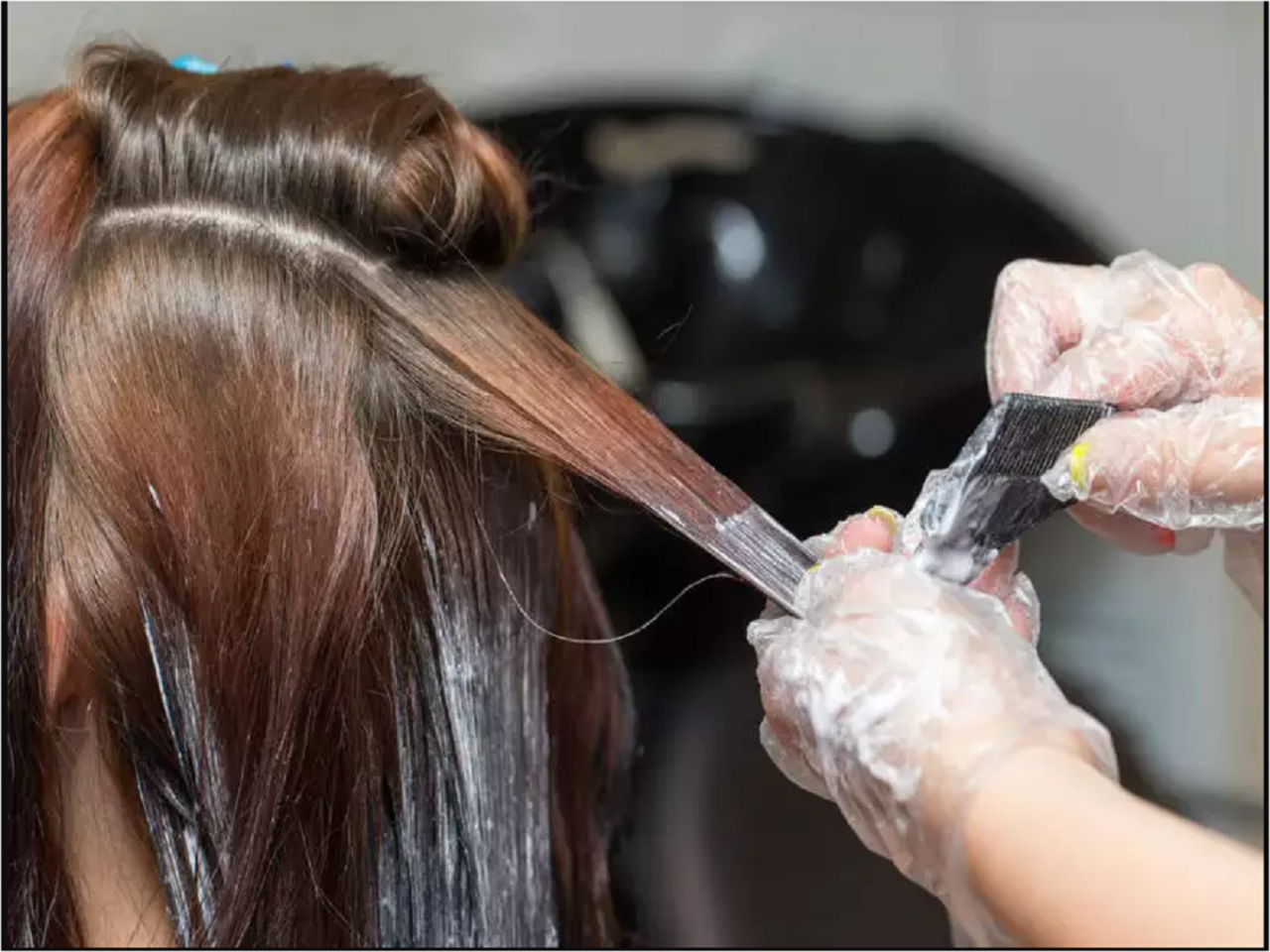



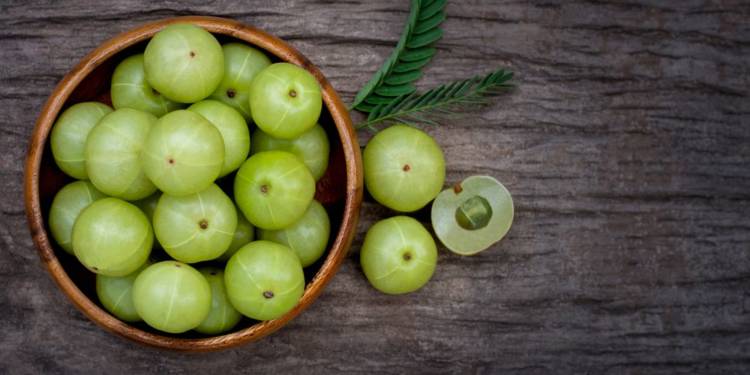
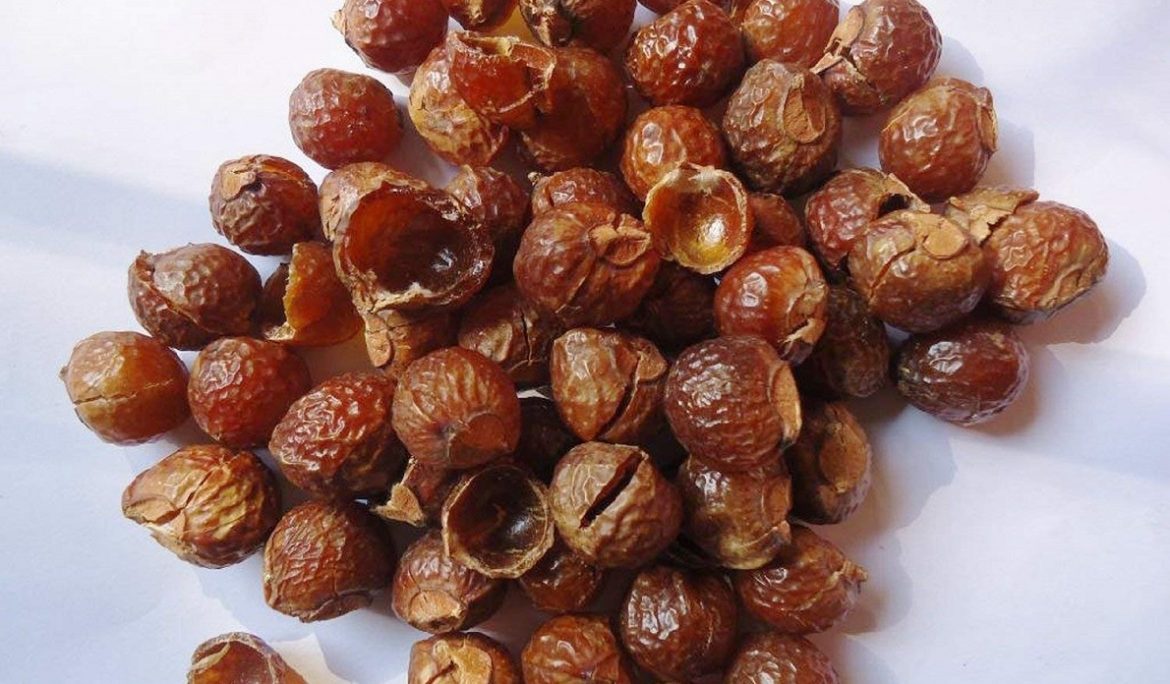

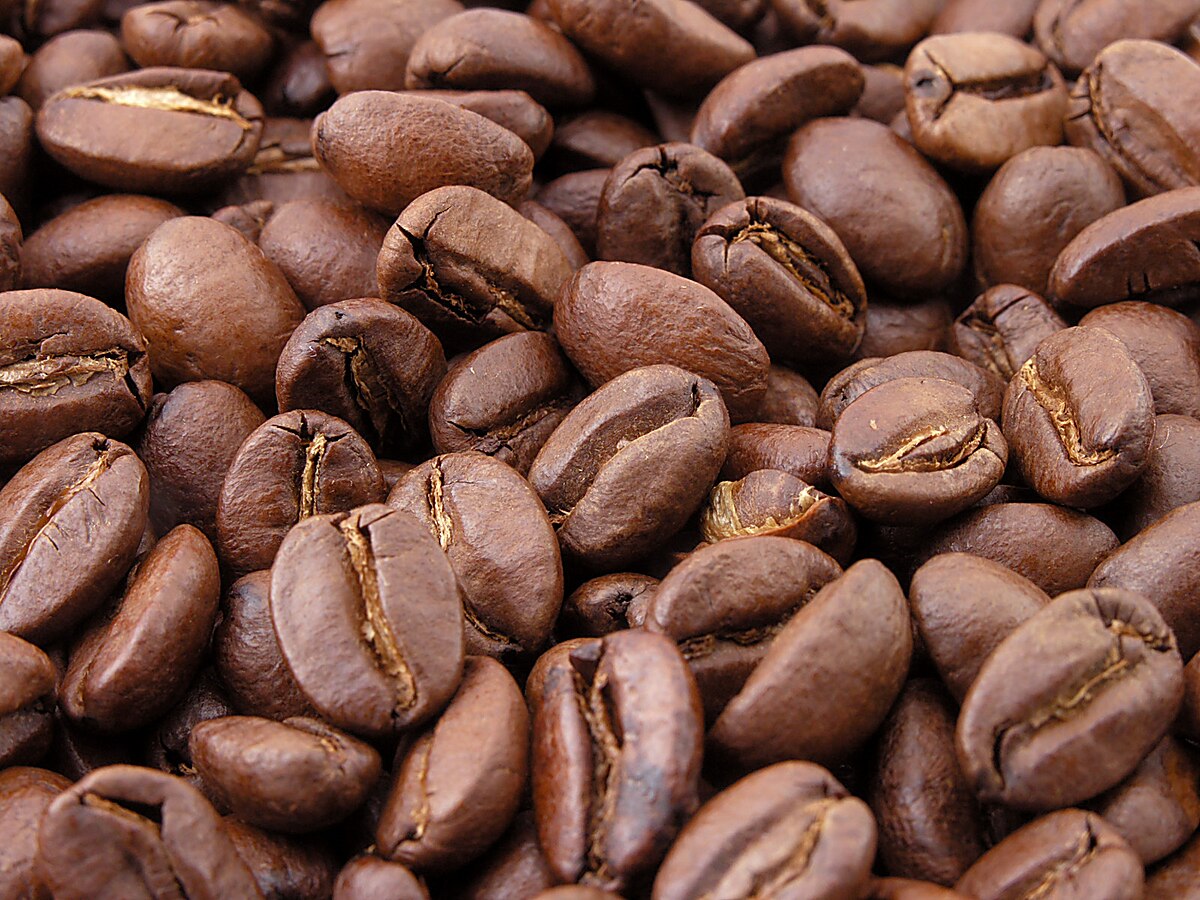



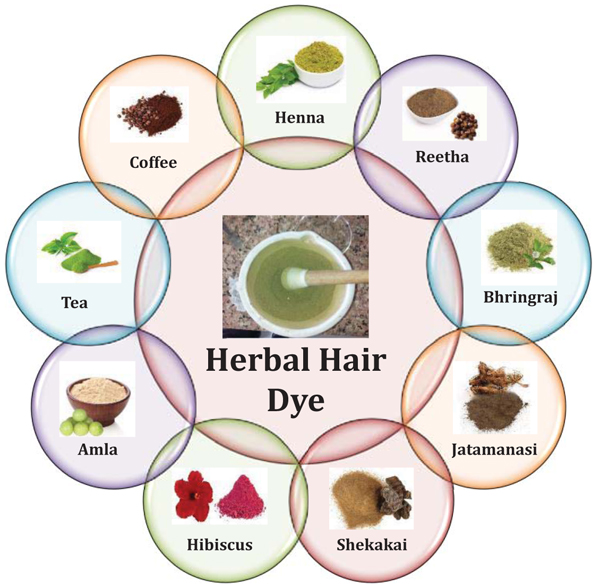





Thank you so much for sharing. Your content was very helpful. You are a marvelous writer. Good work! Natural Biotin Shampoo for Hair Growth & Thinning Hair.
ReplyDeleteYour blog is very useful and provides tremendous facts. Keep up the good work. Buy Stamina Booster For Men.
ReplyDeleteSuch a useful and detailed article. It’s always great to learn more about Ayurvedic solutions and seabuckthorn benefits for overall hair care. Thanks for sharing.
ReplyDelete